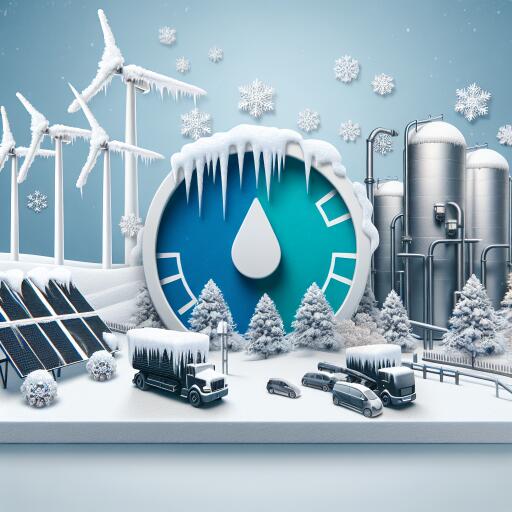
Cold Weather and Renewable Energy Shortage May Lead to Gas Supply Concerns
In the midst of an unusual cold spell across the east coast, a simultaneous decline in renewable energy production has sparked warnings from the energy sectors’ watchdog about the possibility of a gas supply shortfall. The situation has prompted urgent calls for increased production to avert a potential energy crisis.
The Australian Energy Market Operator (AEMO) has raised the alarm with a “threat notice”, signalling the risk that gas supplies could be insufficient to meet the spike in demand. This alert has reignited discussions about the energy sector’s preparedness and the ongoing need for substantial action to mitigate such risks.
As the cold weather increases the demand for heating, the reduction in generation from renewables such as solar and wind power has led to a heavier reliance on gas. This scenario has exposed vulnerabilities in the energy system, underscoring the challenges of balancing a transition to cleaner energy sources while ensuring reliability and affordability for consumers.
The call to action from AEMO to gas producers is clear: ramp up production to avoid shortfalls that could impact households and businesses across the region. The warning serves as a reminder of the previous alarms raised about the potential for supply gaps in the energy market.
The energy market’s dependence on renewables has been growing, a trend that aligns with global efforts to reduce carbon emissions and combat climate change. However, this incident highlights the importance of maintaining a diverse mix of energy sources, including gas, to safeguard against interruptions in supply during periods of high demand or when renewable output is low.
Stakeholders in the energy sector are now grappling with the immediate task of ensuring sufficient gas supplies, while also considering longer-term strategies to enhance the resilience of the energy system. This includes investments in technology to improve the storage of renewable energy and more efficient usage of existing resources.
The current situation serves as a stark reminder of the complexities involved in transitioning to a more sustainable energy future. It emphasizes the need for continual investment and innovation in the energy sector to address the dual challenges of ensuring reliability and advancing environmental sustainability.
As efforts to mitigate the shortfall continue, this occurrence sheds light on the critical balance that must be achieved between advancing renewable energy initiatives and maintaining a stable and secure supply of traditional energy sources like gas. It also underscores the ongoing dialogue between industry, regulators, and policymakers on how best to navigate the energy transition in a manner that supports both economic growth and environmental objectives.





Leave a Reply